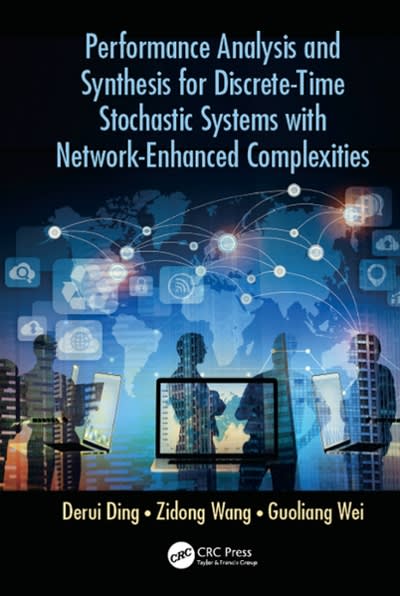Question
Your next-door neighbor, Scott Jansen, has a 12-year-old daughter, and he intends to pay the tuition for her first year of college six years from
Your next-door neighbor, Scott Jansen, has a 12-year-old daughter, and he intends to pay the tuition for her first year of college six years from now. The tuition for the first year will be $20,000. Scott has gone through his budget and finds that he can invest $300 per month for the next six years. Scott has opened accounts at two mutual funds. The first fund follows an investment strategy designed to match the return of the S&P 500. The second fund invests in short-term (one-year) Treasury bills. Both funds have very low fees.
Scott has decided to follow a strategy in which he contributes a fixed fraction of the $300 to each fund. An adviser from the first fund suggested that in each month he should invest 80% of the $300 in the S&P 500 fund and the other 20% in the T-bill fund. The adviser explained that the S&P 500 has averaged much larger returns than the T-bill fund. Even though stock returns are risky investments in the short run, the risk should be fairly minimal over the longer six-year period. An adviser from the second fund recommended just the opposite: invest 20% in the S&P 500 fund and 80% in T-bills, because treasury bills are backed by the United States government. If you follow this allocation, he said, your average return will be lower, but at least you will have enough to reach your $20,000 target in six years.
Questions:
Use @RISK to simulate 1000 iterations of the two strategies over the six-year period. Create a histogram of the final fund values. Based on your simulation results, which of the two strategies would you recommend? Why?
Suppose that Scott needs to have $30000 to pay for the first year's tuition. Based on the same simulation results, which of the two strategies would you recommend now? Why?What other real-world factors might be important to consider in designing the simulation and making a recommendation?
Step by Step Solution
There are 3 Steps involved in it
Step: 1

Get Instant Access to Expert-Tailored Solutions
See step-by-step solutions with expert insights and AI powered tools for academic success
Step: 2

Step: 3

Ace Your Homework with AI
Get the answers you need in no time with our AI-driven, step-by-step assistance
Get Started


